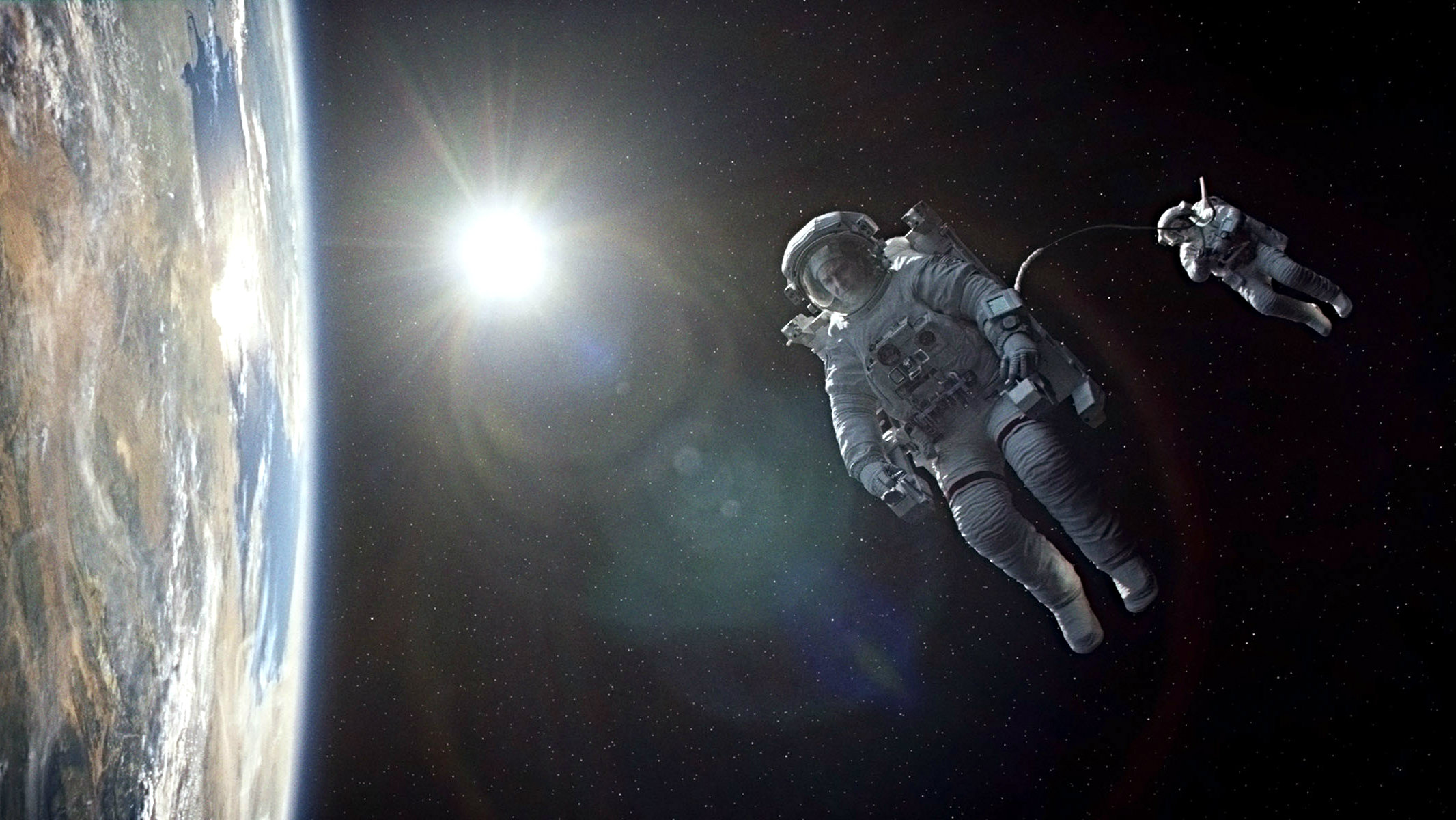
The Denver Museum of Nature & Science can help answer these important questions.
Five of the museum's scientists will bring their expertise to a month-long sci-fi movie series the museum is presenting in conjunction with The Denver Film Society.
We asked them to share their thoughts on some of the series highlights.
Title: “Alien” (1979)
Showing: July 30, 7 p.m., Phipps IMAX Theater
Accuracy of science: Reasonable
Scientist reviewer: Paula Cushing, curator of invertebrate zoology
Discipline: Arachnology
Director Ridley Scott’s “Alien” reminded us that space could be terrifying. The film set a standard for space monsters that still prevails.
Surprisingly, Paula Cushing, an evolutionary biologist and curator of invertebrate zoology at DMNS, has no big argument with the science in the movie. Sure, the creature in “Alien” is terrifying, but life on Earth isn’t without its own strangeness.
Cushing knows about parasites -- the botfly, for example -- that actually explode out of their host. This happens on a much bigger and more fantastical scale in the famous chestburster scene in “Alien.”
“They took the life history of earthborne parasites and created a life history for the alien, and pretty much stayed true to it,” Cushing says of the team behind “Alien.” “They played with the small-scale horrors we have here on Earth and blew them up.”
Cushing considers “Alien” to be less a sci-fi horror movie than it is a biography of a really maligned parasite.
“It’s an interesting movie if you think about it from the point of view of the parasite’s life history,” Cushing says.
Title: “Upstream Color” (2013)
Showing: July 9, 7 p.m., the Sie FilmCenter
Accuracy of science: Good
Scientist reviewer: Nicole Garneau, curator and department chair, health sciences
Discipline: Genetics
“Upstream Color” is a taxing movie. Director Shane Carruth barely tells a story and explains almost nothing.
Ostensibly about a woman who’s drugged, kidnapped and forced to ingest a worm that changes her behavior, “Upstream Color” has prompted many post-viewing discussions.
Most end up in arguments about what Carruth was getting at.
Writing in the New York Times in April 2013 when the film was released, film critic Manohla Dargis describes “Upstream Color” as “a deeply sincere, elliptical movie about being and nature, men and women, self and other, worms and pigs.”
“When I first watched the movie, I was completely bewildered,’’ said Nicole Garneau, a geneticist, curator and department chair of health sciences at DMNS.
But Garneau went where others might fear to go. She watched the movie again and consulted books she hadn’t read since earning her PhD at Colorado State University.
“I started looking up parasites that alter host behavior to make the host more susceptible to doing something to advance the parasite’s life cycle,’’ Garneau, who developed a taste for difficult movies as a kid by watching indie films with her dad, says. “Almost every sci-fi film involves some suspension of disbelief. But as far as “Upstream Color” is concerned, there’s quite a bit of pretty accurate science in it.”
Title: “Journey to the Center of the Earth” (1959)
Showing: July 16, 7 p.m., Sie Film Center
Accuracy of Science: Laughable
Scientist reviewer: James W. Hagadorn, Tim and Kathryn Ryan curator of geology
Discipline: Geology
There are only two reasons to watch 1959’s “Journey to the Center of Earth,” a distorted adaptation of the 1864 Jules Verne novel:
First, with the right crowd, the movie can be a hoot.
Second, it offers a striking lesson in how far special effects have progressed in the last 55 years.
“The science in that movie borders on the hilarious,’’ DMNS geologist James W. Hagadorn says.
Hagadorn points out a lava flow that he says resembles spaghetti sauce and a crystalline cave that made him wonder whether the underground explorers hadn’t mysteriously stumbled upon Casa Bonita, a family oriented Denver restaurant known for its over-the-top interiors.
But Hagadorn is somewhat forgiving about scientific lapses in movies.
“When I look at an old movie like this, what bugs me is not that the science is not accurate, but that the movie is sexist or that someone would bust out an accordion and start playing while they’re hiking -- something that does actually happen in ‘Journey,’” Hagadorn says.
Some movies, of course, do a better job than others with science. Hagadorn considers “Jurassic Park” to be a good example.
“It was based on a book by Michael Crichton, who was also a medical doctor,” Hagadorn says. “He did his homework. The filmmakers made some leaps of faith, but it’s a great, thrilling adventure and the movie changed the game for paleontology. Dinosaurian paleontology took off after that movie. How many kids might watch that movie and say, ‘I want to grow up to be a scientist?’”
Title: “Gravity” (2013)
Showing: Aug. 6, 7 p.m., the Phipps IMAX Theater
Accuracy of science: Not great.
Scientist reviewer: Steven Lee, department chair & curator of planetary science
Discipline: Planetary Geology
Director Alfonso Cuaron’s journey into space won seven Oscars. But the scientific community is less forgiving than the Academy voters.
Astrophysicist Neil deGrasse Tyson complained that Sandra Bullock’s character, a medical doctor, wouldn’t work on the Hubble Telescope and that the movie misrepresented the location of communications satellites.
Steven Lee, department chair & curator of planetary science at DMNS, agrees that the movie’s scientific accuracy is wanting.
“What it does well is portray the hardware,” Lee says. “What the film does very poorly is show how you might use that hardware and how you would do the type of work and activity the characters are trying to do.”
Lee takes issue with the distribution of labor.
“Bullock seems to be the only one working,” Lee says. “George Clooney, who plays another astronaut, seems to be drifting around having fun. On repair missions to Hubble, everything is tightly choreographed. Everything that’s done has been practiced 50 times before they ever launch. It’s a much more serious undertaking than what’s portrayed.”
But Lee won’t argue with those who enjoy the movie.
“If you can accept that this is a sci-fi movie and not a documentary, then it’s very enjoyable,’’ Lee says.








